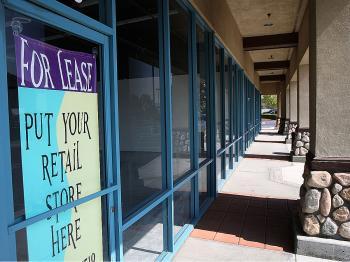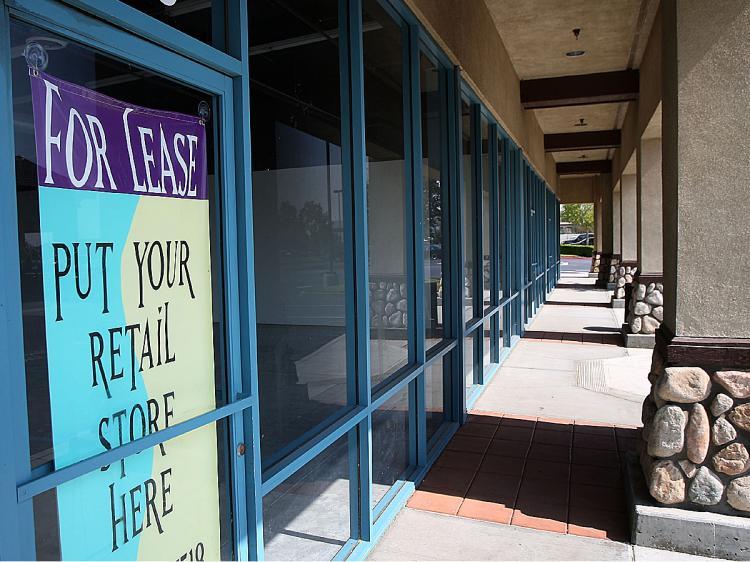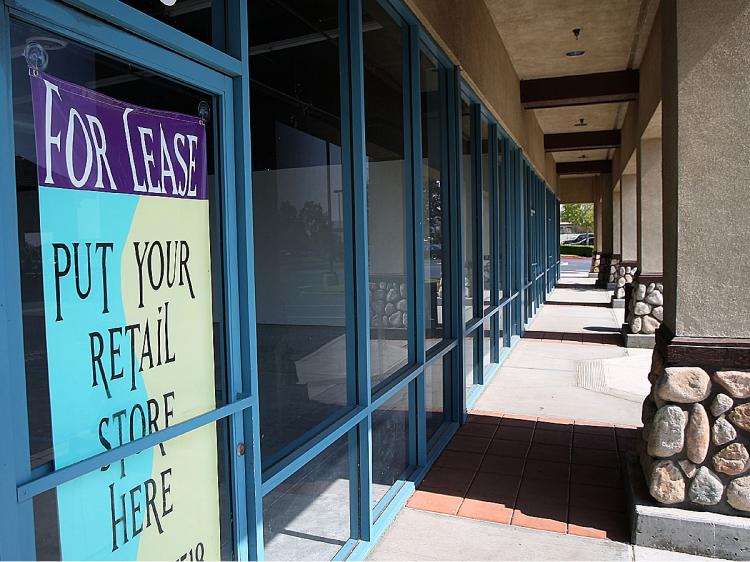In the beginning of the year, the golden word was “infrastructure.”
With the passage of the President’s stimulus package, all hopes were pinned on the roads, waterways, and utilities of our nation. With the help of federal stimulus, construction would begin again, and we would build ourselves out of a sour economy.
But while public sector felt some relief, however measured, private enterprises continued to struggle with delinquency and hard-to-come-by financing. All the stalled projects spelled good news for an unlikely few, though: Shrink-wrappers.
Developers increasingly called on companies like Global Wrap to put a tarp on their half-completed buildings, to be mummified until capital returned to the equation.
A poster child of ambitions dashed by the recession, financial troubles of CityCenter in Las Vegas came to a head in April and teetered on the edge of bankruptcy. The $9.1 billion mixed-used 76-acre complex began construction in 2006 recently opened in part to mixed success, according to an article in the Los Angeles Times.
In the same month, General Growth Properties Inc., the second-largest U.S. mall owner, declared bankruptcy.
It was in the biggest real estate failure in U.S. history.
The Chicago-based company owns South Street Seaport in New York, Fashion Show in Las Vegas and Faneuil Hall Marketplace in Boston.
When lenders get grinchy and require of developers 70 to 75 percent leverage, the scrutiny gets passed on to tenants.
“The leasing environment has changed and people are looking at tenants more than what they have been in the past,” says Carl Trop, principal of real estate private equity company Greyfields.
The result of this dynamic is that the end user of real estate—the individual—pays a steeper price for products and services.
With the passage of the President’s stimulus package, all hopes were pinned on the roads, waterways, and utilities of our nation. With the help of federal stimulus, construction would begin again, and we would build ourselves out of a sour economy.
But while public sector felt some relief, however measured, private enterprises continued to struggle with delinquency and hard-to-come-by financing. All the stalled projects spelled good news for an unlikely few, though: Shrink-wrappers.
Developers increasingly called on companies like Global Wrap to put a tarp on their half-completed buildings, to be mummified until capital returned to the equation.
A poster child of ambitions dashed by the recession, financial troubles of CityCenter in Las Vegas came to a head in April and teetered on the edge of bankruptcy. The $9.1 billion mixed-used 76-acre complex began construction in 2006 recently opened in part to mixed success, according to an article in the Los Angeles Times.
In the same month, General Growth Properties Inc., the second-largest U.S. mall owner, declared bankruptcy.
It was in the biggest real estate failure in U.S. history.
The Chicago-based company owns South Street Seaport in New York, Fashion Show in Las Vegas and Faneuil Hall Marketplace in Boston.
When lenders get grinchy and require of developers 70 to 75 percent leverage, the scrutiny gets passed on to tenants.
“The leasing environment has changed and people are looking at tenants more than what they have been in the past,” says Carl Trop, principal of real estate private equity company Greyfields.
The result of this dynamic is that the end user of real estate—the individual—pays a steeper price for products and services.







